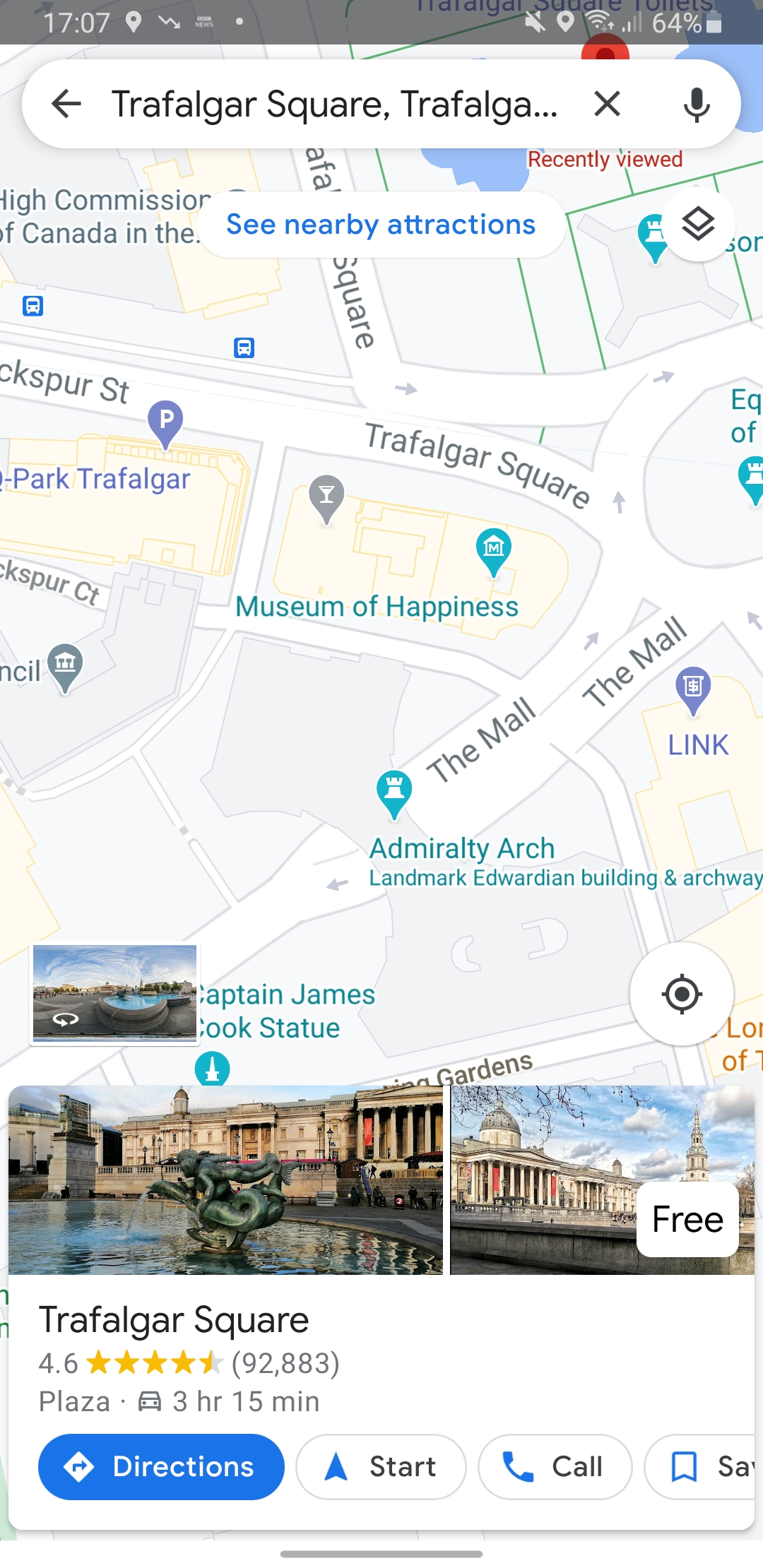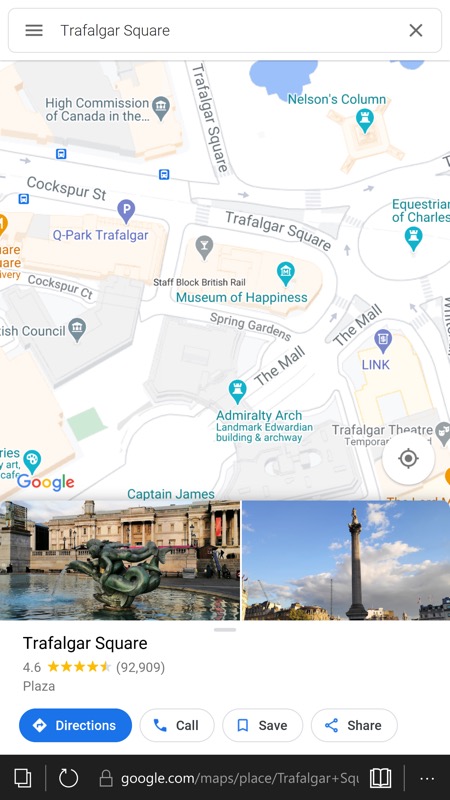From Google:
...new visual improvements that bring even more detail and granularity to the map, making it easier to understand what an area looks like whether you’re exploring virtually or planning a visit.
A more colorful and accurate view of the world 🌎
Google Maps has high-definition satellite imagery for over 98 percent of the world’s population. With a new color-mapping algorithmic technique, we’re able to take this imagery and translate it into an even more comprehensive, vibrant map of an area at global scale. Exploring a place gives you a look at its natural features—so you can easily distinguish tan, arid beaches and deserts from blue lakes, rivers, oceans and ravines. You can know at a glance how lush and green a place is with vegetation, and even see if there are snow caps on the peaks of mountaintops.
Mapping the rainbow 🌈
How exactly does this color-mapping technique work? First, we use computer vision to identify natural features from our satellite imagery, looking specifically at arid, icy, forested, and mountainous regions. We then analyze these features and assign them a range of colors on the HSV color model. For example, a densely covered forest can be classified as dark green, while an area of patchy shrubs could appear as a lighter shade of green.
More detail when you’re on the go 🚶🏽♀️
While seeing natural features can help you get a feel for an area, sometimes you need more information to get around safely and efficiently. Soon, you’ll be able to see highly detailed street information that shows the accurate shape and width of a road to scale. You can also see exactly where sidewalks, crosswalks, and pedestrian islands are located–crucial information if you have accessibility needs, like wheelchair or stroller requirements. These details are particularly helpful as more people are opting to walk or take other forms of solo transportation due to the pandemic. We’ll start rolling out detailed street maps in London, New York, and San Francisco in the coming months, with plans to expand to more cities over time.
These have all rolled out now, as I discovered when zooming in on a well-known bit of London. On the left below is Trafalgar Square last week, on the right below is the same area this week, with the new maps:


Note the more accurate road, shapes, traffic islands, and the inclusion of pedestrian crossings. In theory all this is useful to those with accessibility or mobility needs, but it's also great to see for those who are more able and just confused as to exactly where they are.
With Google Maps available as a PWA for years now, you can take advantage of all this detailed mapping in the Edge browser under Windows 10 Mobile on a Lumia too:

Which is all pretty cool. Just don't expect provincial towns to ever get the treatment in the near future - though I'd expect more and more data to be gathered on each 'crawl' in a vehicle through more or less every road in more or less every country over the next decade. Let's see how far all this goes!
